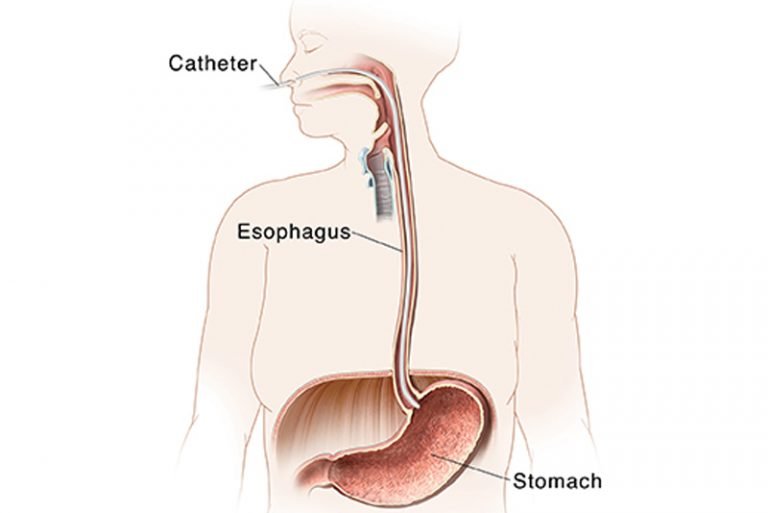What is Esophageal Manometry?
A functional test to assess esophageal motility and LES function, using water-perfused or solid-state catheters, now standardized via the Chicago Classification v4.0.
Indications for Esophageal Manometry
| Indication | Notes |
|---|---|
| Pre-op evaluation for anti-reflux surgery | To rule out achalasia or severe motility disorders. |
| Dysphagia with normal EGD & imaging | To detect achalasia, EGJ outflow obstruction, IEM. |
| Non-cardiac chest pain | Especially if refractory to PPI; rule out spastic disorders. |
| Evaluation of rumination or belching | With impedance manometry. |
| Scleroderma or systemic sclerosis | To assess esophageal involvement. |
| Post-surgical dysphagia (e.g., fundoplication) | To evaluate mechanical or functional cause. |
Contraindications
- Severe coagulopathy or bleeding risk
- Obstructive nasal pathology
- Unstable cardiopulmonary status
- Esophageal stricture not allowing catheter passage
Procedure Essentials
Fasting: 6 hours prior
Position: Supine (Chicago v4.0), but upright optional for borderline cases
Steps: Catheter passed transnasally → positioned across LES → patient performs 10 wet swallows (5 mL each)
Duration: 20–30 minutes
Equipment: Solid-state preferred for resolution and speed; water-perfused is cheaper but slower
Interpretation (Chicago v4.0)
| Diagnosis | Key Features |
|---|---|
| Achalasia (Types I–III) | EGJ outflow obstruction + aperistalsis ± spasm |
| EGJ Outflow Obstruction | High IRP, preserved peristalsis |
| Distal Esophageal Spasm | Premature contractions (DCI >450 mmHg·s·cm), normal IRP |
| Jackhammer Esophagus | Hypercontractile peristalsis (DCI >8000) |
| Ineffective Esophageal Motility (IEM) | ≥70% ineffective swallows (DCI <450) |
| Absent Contractility | No peristalsis; seen in scleroderma |
Practical Tips
Use manometry before pH study to avoid false – negative acid exposure.
Avoid PPI before test only if pH study is planned together.
Solid-state catheters can be reused ~50–60 times (avg).
Interpret with symptoms – some findings like IEM may be asymptomatic.

